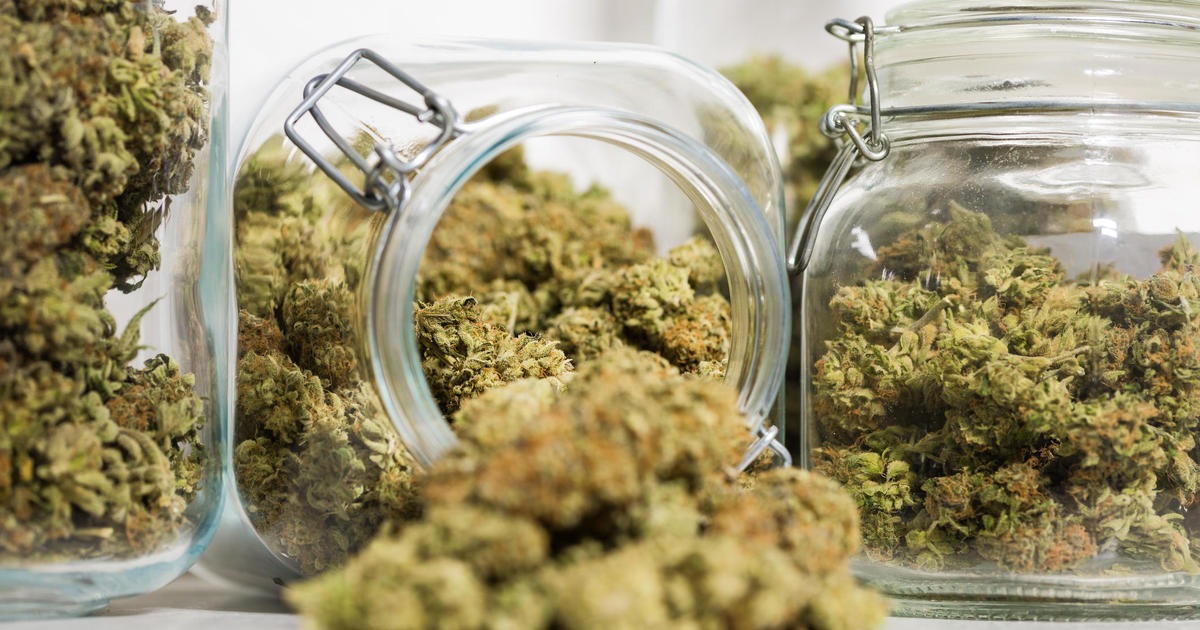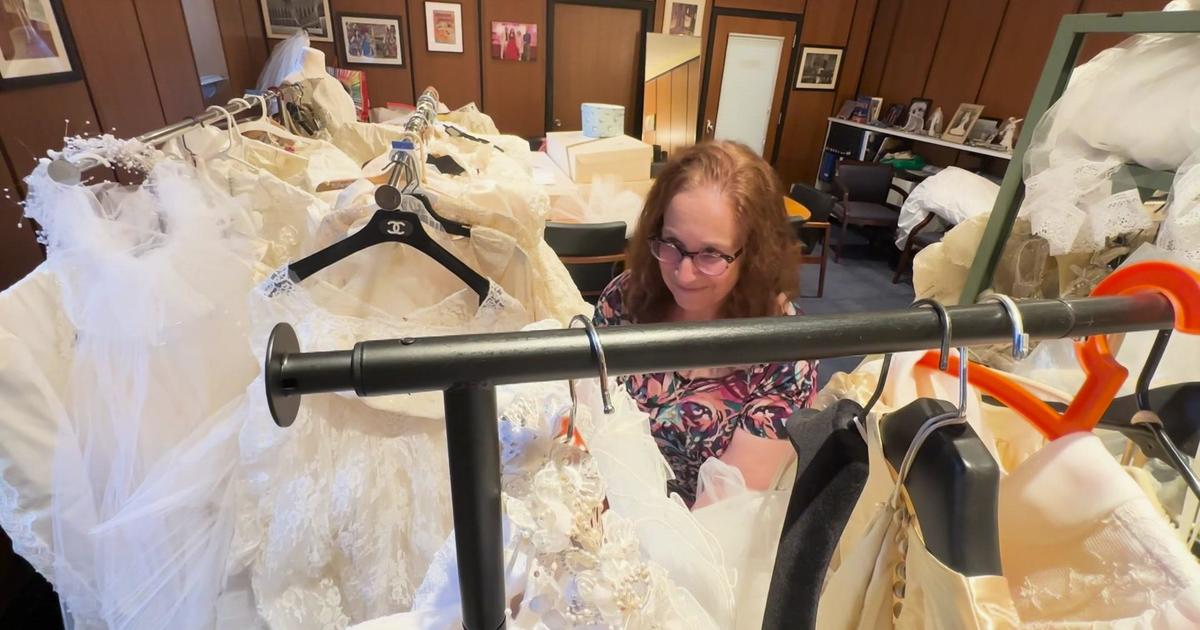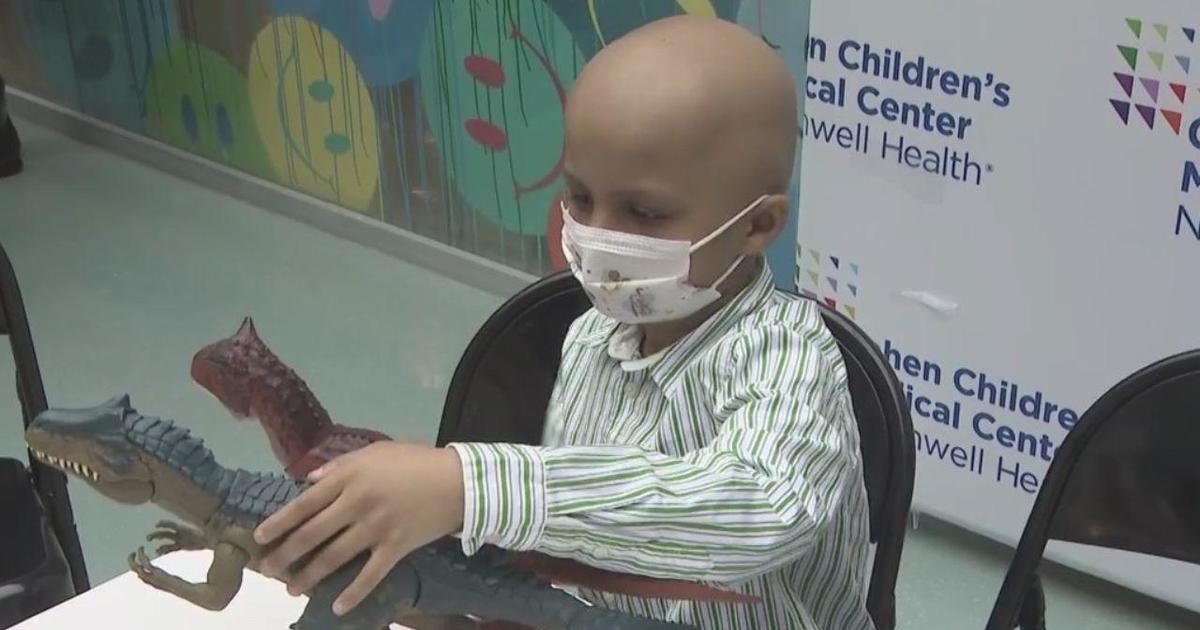Do You Know Where Your Seafood Is Coming From? Chances Are, Probably Not
NEW YORK (CBSNewYork) – The United States is now the second largest consumer of fish worldwide, and the Centers for Disease Control says about 20 percent of adults eat fish at least twice a week.
But as CBS2's Mary Calvi reports, choosing fish doesn't always mean what you think.
From salmon to scallops and shrimp, it is important to know where your seafood is coming from.
"Just knowing that the seafood we're getting is fresh and coming from a country that has shipped it in a timely manner and markets it – and is honest with their marketing practices," consumer Lisa Rosenberg said.
Those practices have come under fire around the globe, with rampant fraud in all stages of the seafood industry.
One study of retailers found seafood, like grouper, cod and snapper, may be mislabeled up to 87 percent of the time – swapped out for less desirable and cheaper varieties. For example, only seven of the 120 samples of red snapper were actually red snapper.
"It's a very big problem, and the issue is that once it's prepared, there's really no way to check it, other than DNA testing, which a lot of companies are now doing," said Vinny Millbourn, who hails from a long line of fishermen.
The fishmonger at Greenpoint Fish and Lobster Company in Brooklyn specializes in local, domestic and traceable species. His storefront acts as a fish market, raw bar and restaurant.
"I have a network of small boat fishermen and wharf all over the country that are shipping to me daily through the air or by truck, and we are processing every single day to bring in high quality fresh seafood," Millbourn said.
He not only knows where his fish come from, but he can tell a tale about each one.
"This striped bass came from Massachusetts, from a fish vessel named Stanley, but a guy I know named Seth," he said.
That personal connection is rare. It's estimated more than 90 percent of the seafood consumed in the U.S. is imported and less than one percent is tested by the government.
Larry Olmstead, author of "Real Food Fake Food," spent years researching the unregulated food industry, calling fish the most frequently faked food Americans buy.
"The inexpensive fish that are being substituted a lot of them are farmed in Southeast Asia, from places that have been shown over and over again to use bad practices, banned drugs, banned pesticides," he said. "The bottom line is a lot of fish that we eat, we don't know where it came from or how it was produced."
He said the best course of action for consumers is to buy whole fish from a fish market. He reminds consumers to not be intimidated – you can always have them cut and clean the fish for you.



